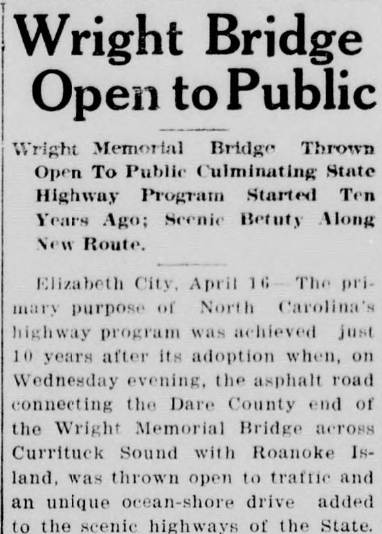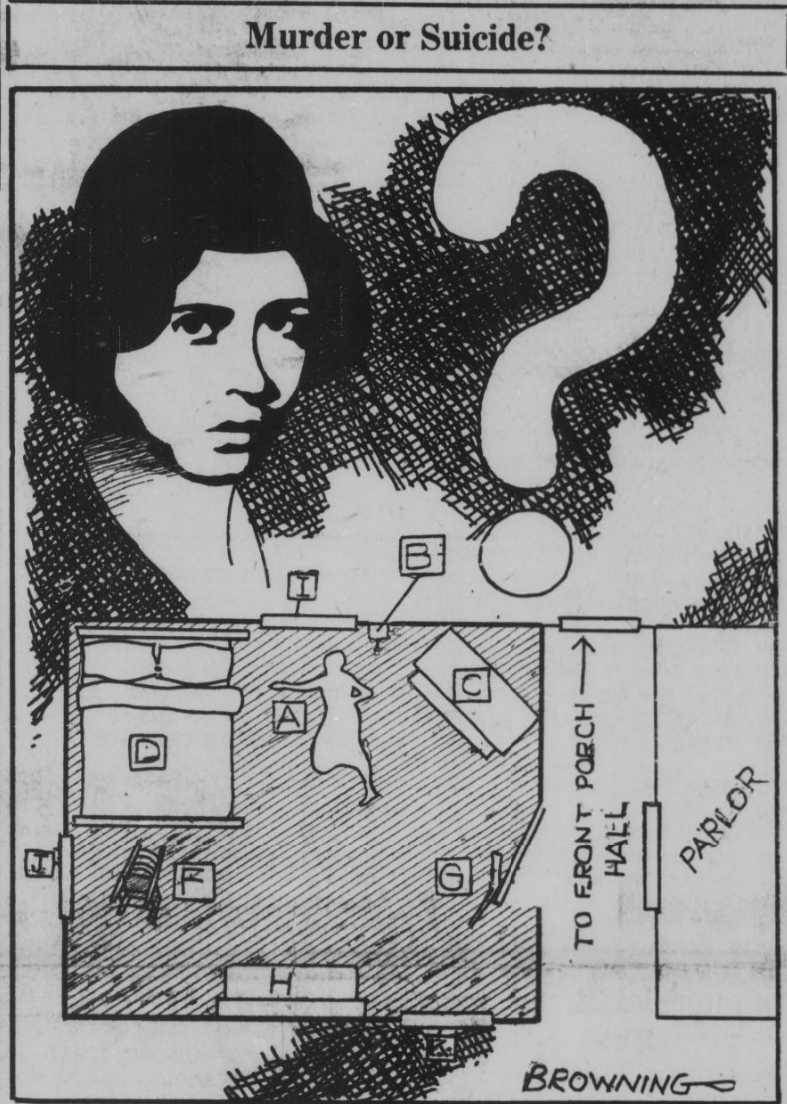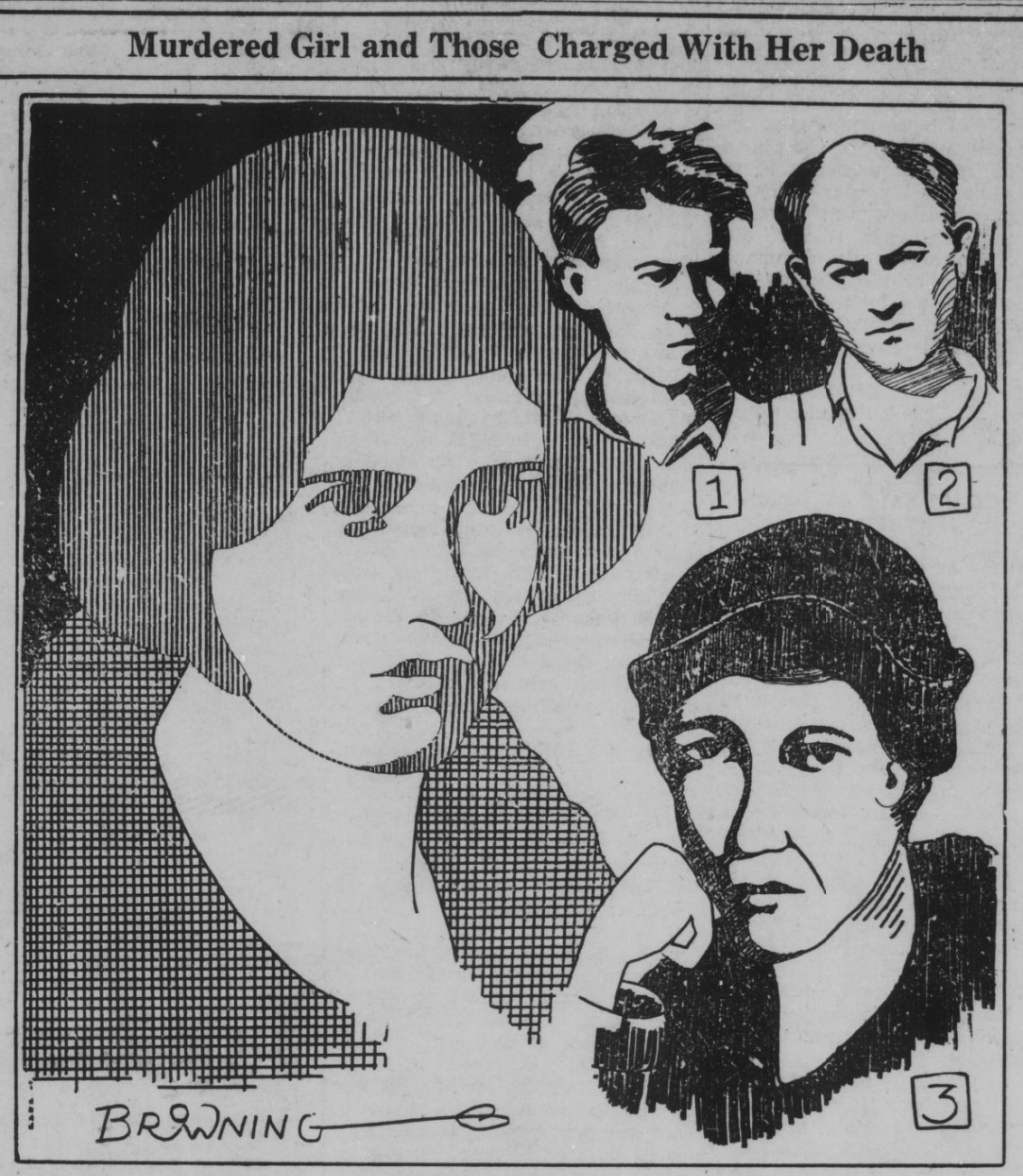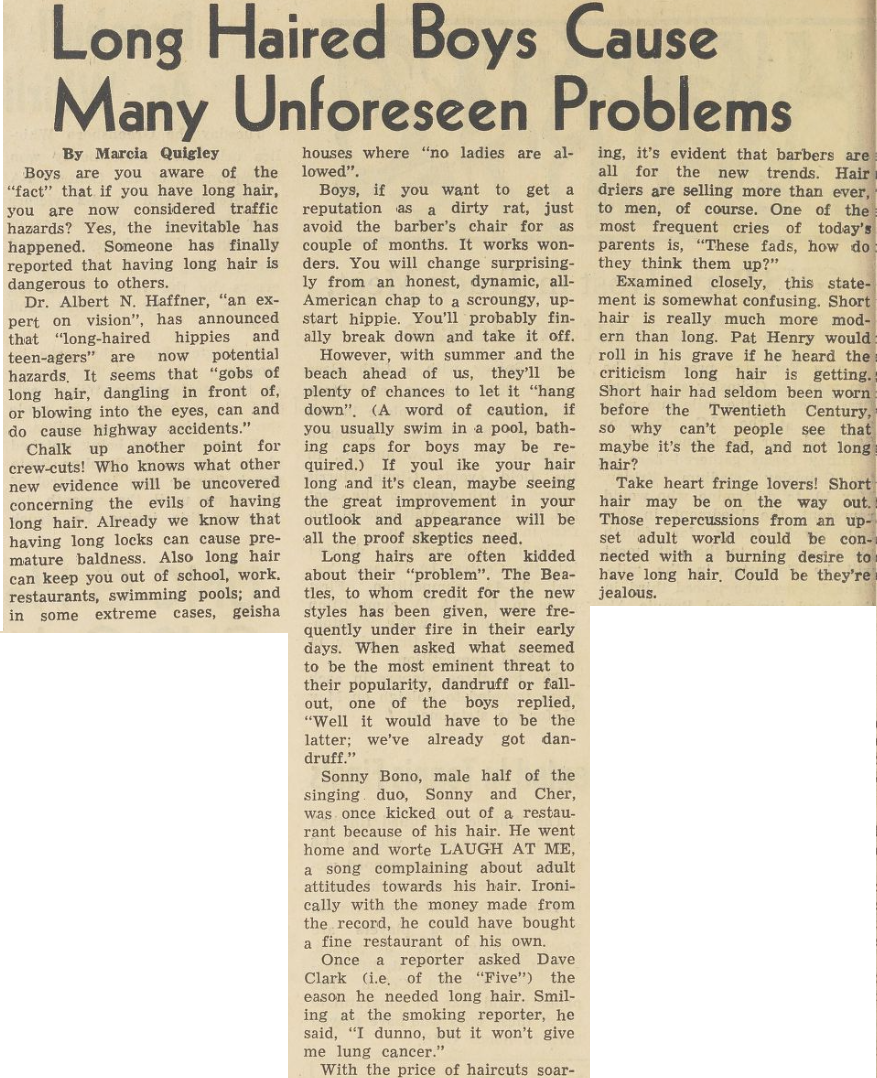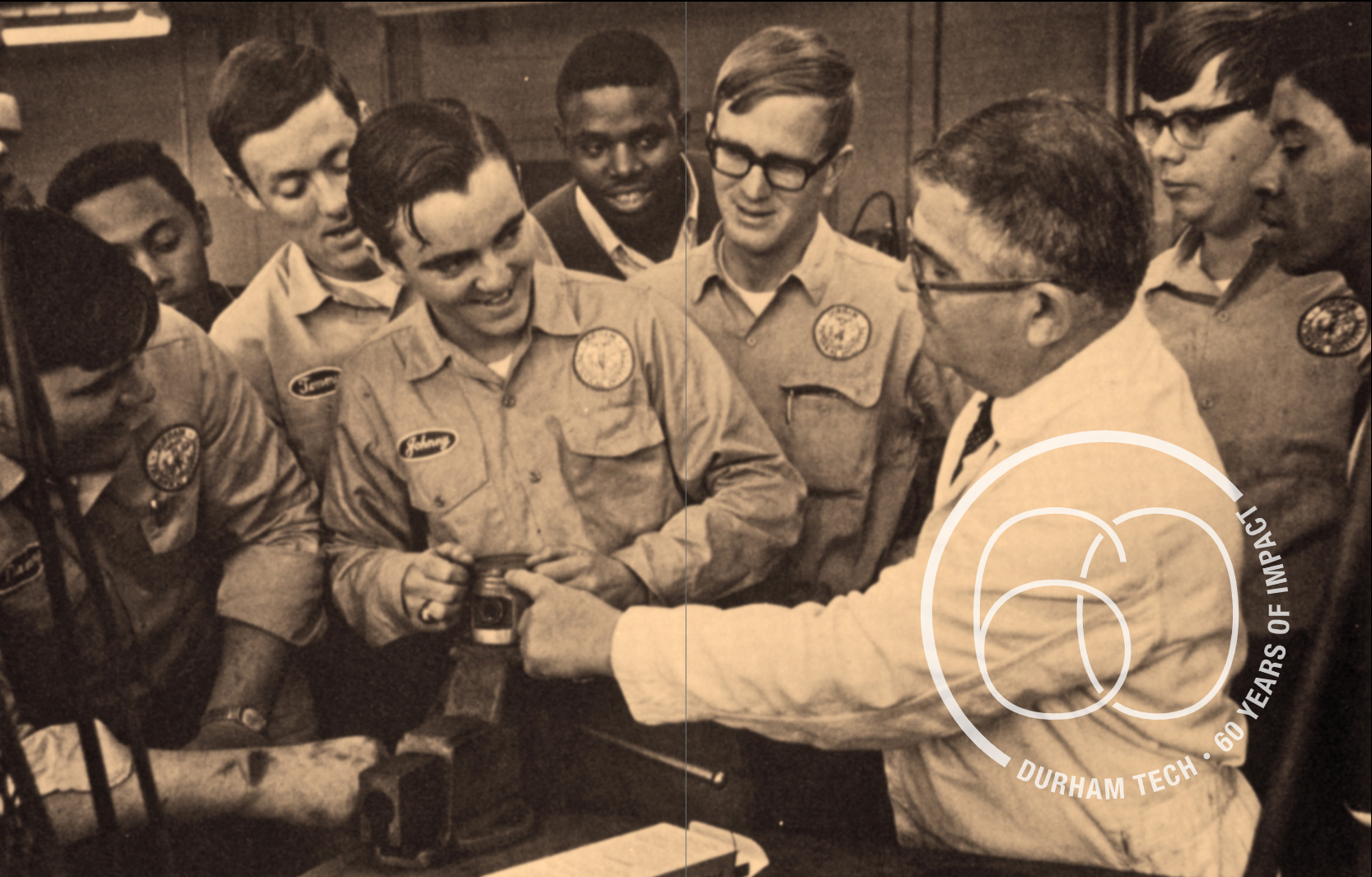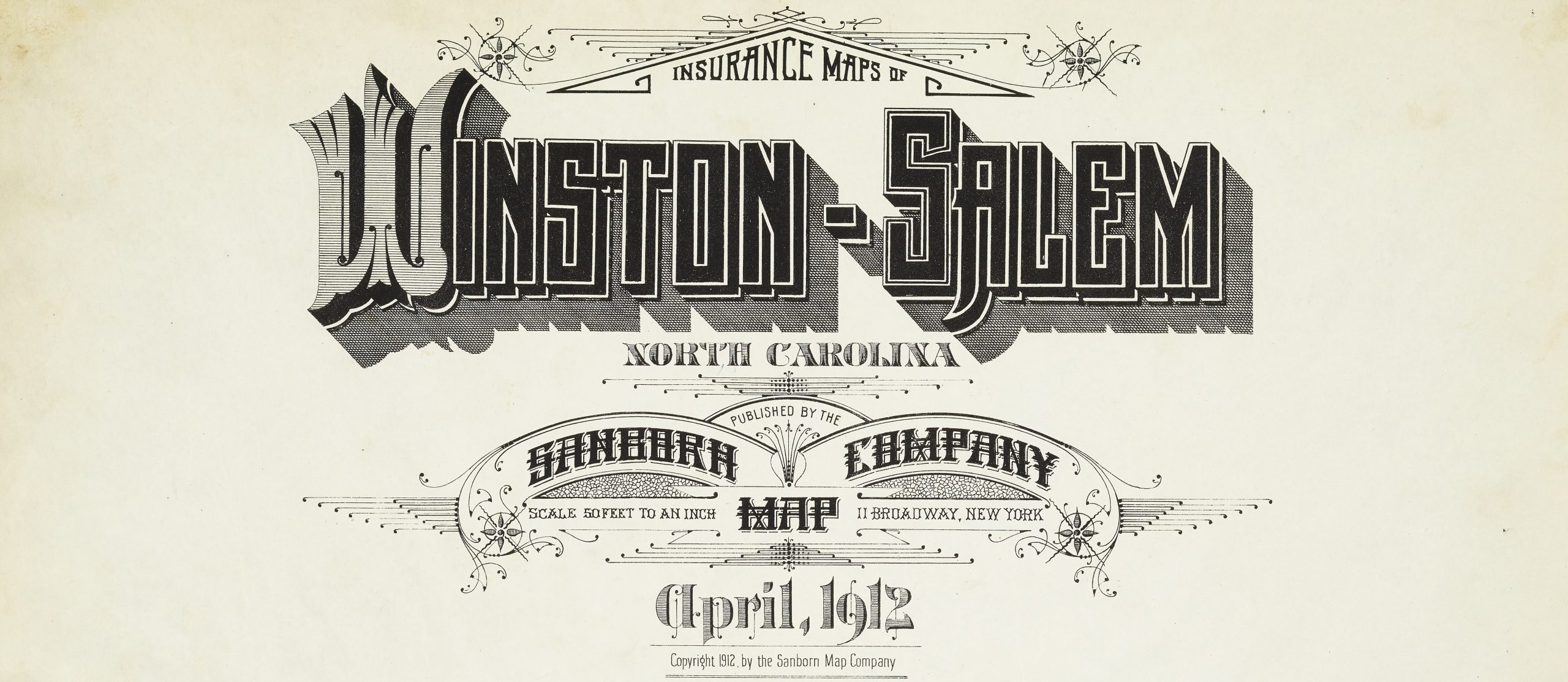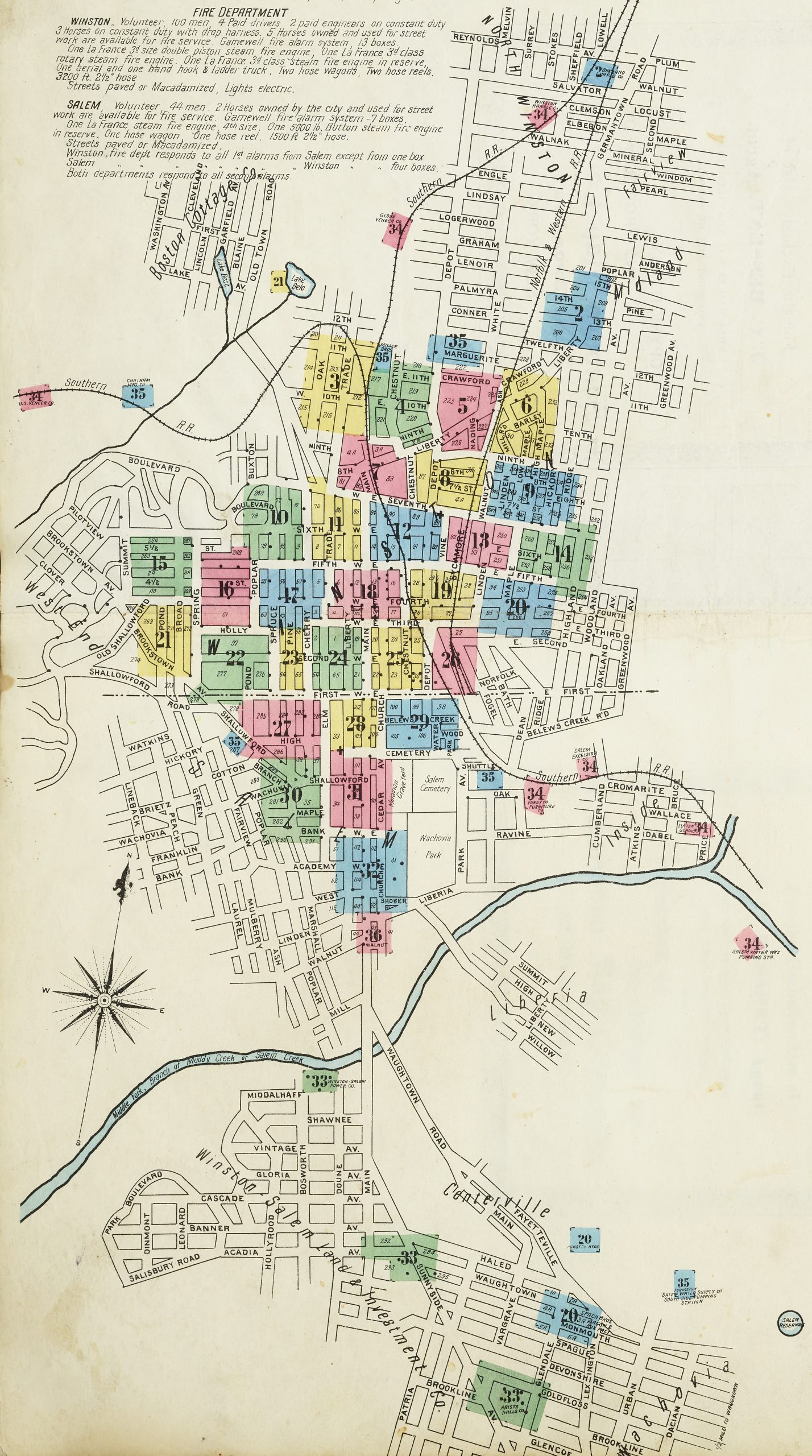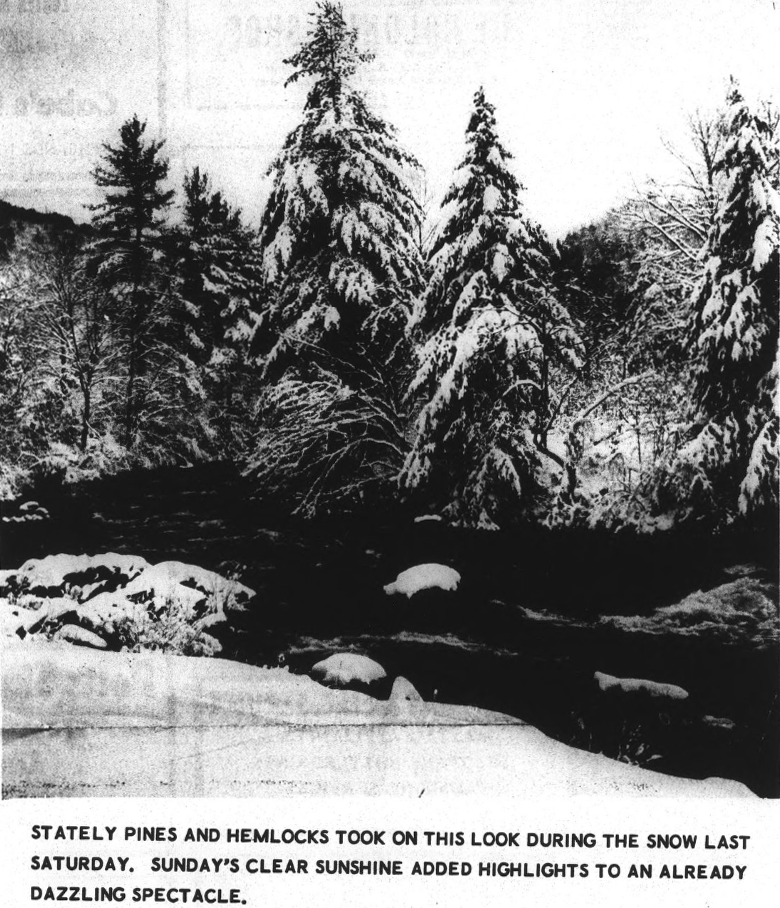
Thanks to funding from the State Library of North Carolina’s LSTA Grant and our partner Yadkin County Public Library, 1,204 issues spanning from 1893 to 1941 of The Yadkin Ripple are now available for viewing on our website. Starting with its first issue in 1892, The Yadkin Ripple has been publishing for over 130 years. While the paper includes national news stories, its main focus is the Yadkin community with articles on local events, community member accomplishments, weddings and deaths of community members, and other interesting articles related to the area such as murder mysteries.
In early January of 1934, The Yadkin Ripple published a story about Leoda “Oda” Mae Childress, a 20 year old woman living with foster parents, Mr. and Mrs. W. W. Tilley, near Benham, North Carolina. On Saturday, December 30, 1933, the family was set to make their usual trip to Elkin, but this time Oda was feeling unwell and decided to stay home. Later in the day, responding to a frantic call from Oda, neighbors Nathan Tharpe and Kelly Brown made their way to the Tilley house. Upon their arrival, they saw that Oda had been shot. Immediately Tharpe checked for signs of life and found that Oda’s heart was beating faintly. He called for a doctor, but by the time Dr. H. C. Salmons arrived Oda had passed away.
After arriving at the Tilley house, authorities noted that there were several signs that a struggle had taken place within the house—drawers were rifled through in multiple areas of the house, a window was smashed, a chair was overturned, and the phone receiver was dangling at the end of its cord. Later, after authorities had finished at the scene, Mrs. Tilley found a note in the pocket of the apron Oda was wearing that Saturday. The note, presumably written by Oda, mentions four men coming to the house who said she had 20 minutes to give them $500 or she would die. Instead of giving the intruders the money, she writes that she instead hides the money in cellar of the family’s tobacco barn. Oda ends the letter by asking Mrs. Tilley to tell her sweetheart Andrew Smoot (who was married to another woman) goodbye and that she wished to be buried in Benham. The note had no signature, but Mr. and Mrs. Tilley verified that it was in Oda’s handwriting and that they had found the cash where she said it would be.
Something felt off to many in the community including The Yadkin Ripple writer Alan Browning, Jr. who voiced his feeling of unease in an article, asking: Why did the intruders allow her to telephone for aid? Why did they allow her to write a lengthy note to Mrs. W. W. Tilley? If the rumor that the note was dictated after she was shot, how would the intruders know about the secret hiding spot for the money? Lastly, if the rumor is true that this was a suicide, why would Oda go through such elaborate preparations before ending her own life? The paper continues for several weeks after the publishing of the initial article to report any new developments in the case to the community.
To read the articles about the Childress case in their entirety and find out what really happened to Oda, begin here.
To learn more about the Yadkin County Public Library, please visit their website.
To view more newspapers from across North Carolina, please click here.





![Header for The Roanoke News. It reads: The Roanoke News. Established in 1866--Serving Halifax and North [H]ampton counties.](https://www.digitalnc.org/wp-content/uploads/2022/02/download.png)
